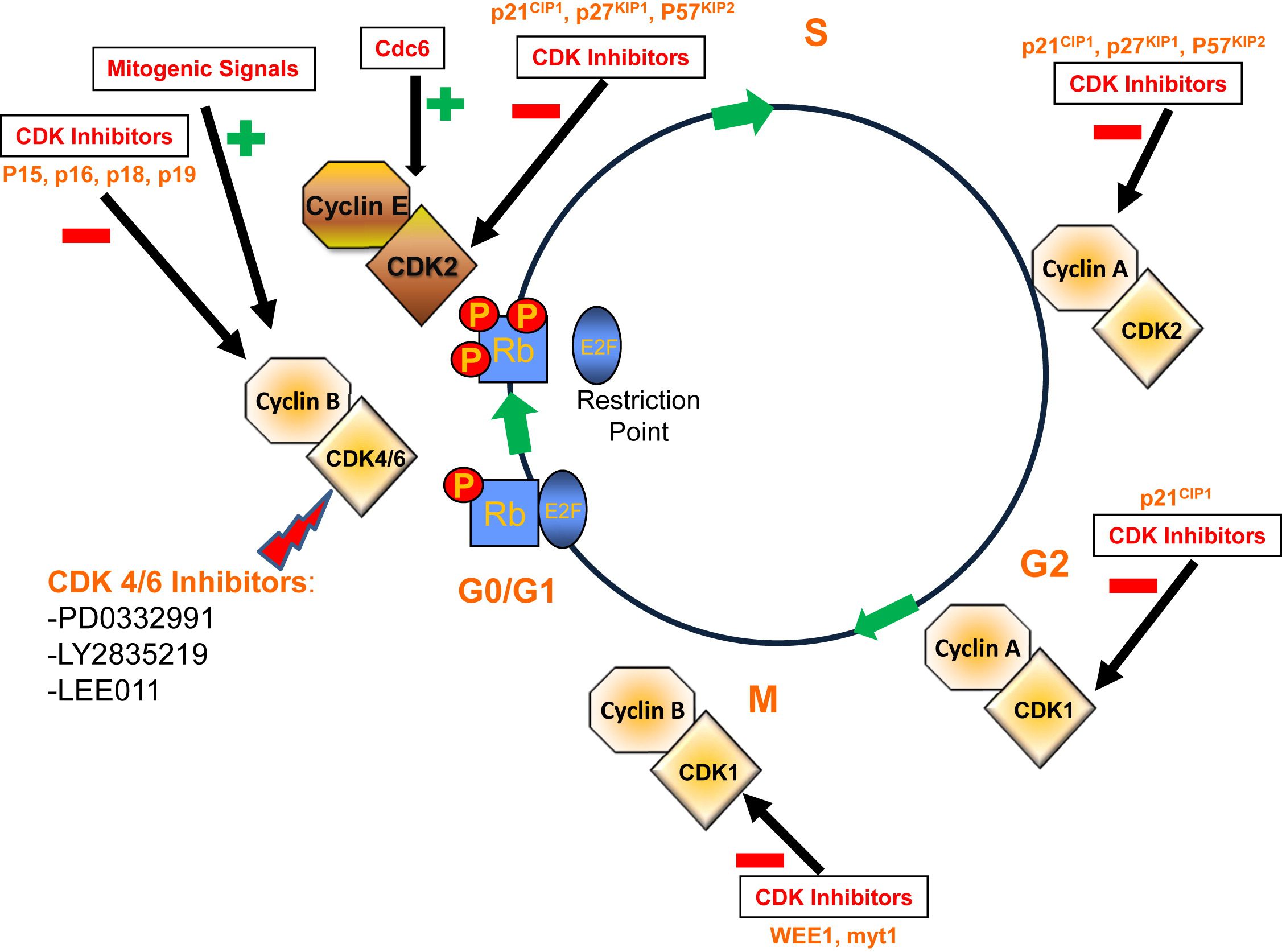Kinase inhibitors are particular enzymes that prevent cancerous cells from proliferating and dividing. By preventing the signals that tell a cell to divide and grow, it is useful in the treatment of cancer. The development of cancer therapies like chemotherapy has advanced significantly over the past few decades.
However, the therapeutic index of these drugs used to treat cancer is limited, and the outcomes are only unpredictable, partial, transitory palliative, and uncertain. On the other hand, recently developed kinase inhibitor therapy specifically targets cancer signaling pathways and molecules.
These targets are typically present in tumor cells, leading to a wider therapeutic window and little risk of side effects.
Since the last decade, there have been significant advancements in the treatment of cancer, and kinase inhibitor therapy refers to the most recent class of anticancer therapies that aim to interfere with a specific molecular target, typically a protein that plays a key role in tumor development or growth.
This approach is distinct from the more measured method used in traditional cytotoxic chemotherapy, which has remained the mainstay of cancer treatment over the past few years. The use of kinase inhibitors has the potential to solve or lessen many of the current problems associated with cytotoxic chemotherapy, such as the potential for severe host-cell toxicity.
Kinase Inhibitors for Cancer Treatment Market: Drivers and Restraintsincreased emphasis on research and development by pharmaceutical companies to develop potential kinase inhibitors for the treatment of cancer. is fueling the global market for kinase inhibitor treatments.
Currently, kinase inhibitors are used to treat cancer. The development of healthcare technology, an increase in the number of cancer patients worldwide, and an increase in the incidence of chronic diseases are some of the factors that are driving the global market.
However, the high cost of the most recent clinical trials and the difficult approvals procedures are severely impeding the global market’s expansion for kinase inhibitors for cancer treatment.
Kinase Inhibitors for Cancer Treatment Market: OverviewDuring the forecast period, it is anticipated that the global market for kinase inhibitors for cancer treatment will grow at a healthy CAGR. Several factors will contribute to a healthy growth rate during the forecast period, including quick technological advancement, an increase in the incidence of cancer cases, an increase in the negative side effects of chemotherapy, and an increase in the number of cancer patients globally.
Kinase Inhibitors for Cancer Treatment Market: Region-wise OutlookKinase inhibitors for the cancer treatment market are divided into seven major regions based on geography: North America, Latin America, Eastern Europe, Western Europe, and Asia Pacific. excluding the Middle East and Africa, Japan, and Japan.
Due to improvements in medical research, clinical trials, and an increasing geriatric population with cancer indications, Europe holds the largest market share in the global market for kinase inhibitors for cancer treatment.
While North America and Asia-Pacific are anticipated to grow at a healthy CAGR from 2016 to 2026 as a result of rising cancer incidence and prevalence. thereby assisting in the expansion of the market for kinase inhibitors used in the treatment of cancer.
The adoption of cutting-edge technologies in cancer treatment, the rising incidence of cancer patients, and gradually rising awareness are the main factors driving the market for kinase inhibitors for cancer treatment in various regions.
Kinase Inhibitors for Cancer Treatment Market: Key PlayersPfizer Inc., Boehringer Ingelheim GmbH, Novartis AG, Incyte Corporation, MedImmune, AstraZeneca, Eisai Co., Ltd., Takeda Pharmaceutical Company Limited, and others are some of the major global players in the market for kinase inhibitors for cancer treatment.
The research report provides a thorough analysis of the market and is filled with thoughtful observations, information, historical facts, and market data that have been statistically supported and verified by the relevant industries. It also includes projections made using the appropriate methodology and set of assumptions.
The research report provides analysis and information according to categories such as market segments, geographies, types, technology, and applications.
Kinase Inhibitors for Cancer Treatment Market: SegmentationKinase inhibitors for the cancer treatment global market are segmented into the following types:
By Product Type
- Angiogenesis inhibitors
- mTOR inhibitors
- BRAF and MEK inhibitors
- Bcr-Abl tyrosine-kinase inhibitors (TKI)
- EGFR inhibitors
- Others (PI3K Inhibitors, aurora-kinase inhibitors, etc)
End User
- Hospitals
- Research Organizations
By Region
- North America
- Latin America
- Western Europe
- Eastern Europe
- APEX
- Japan
- MEA
For Critical Insights, Get a Sample Copy



































